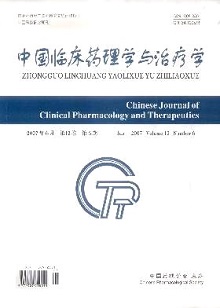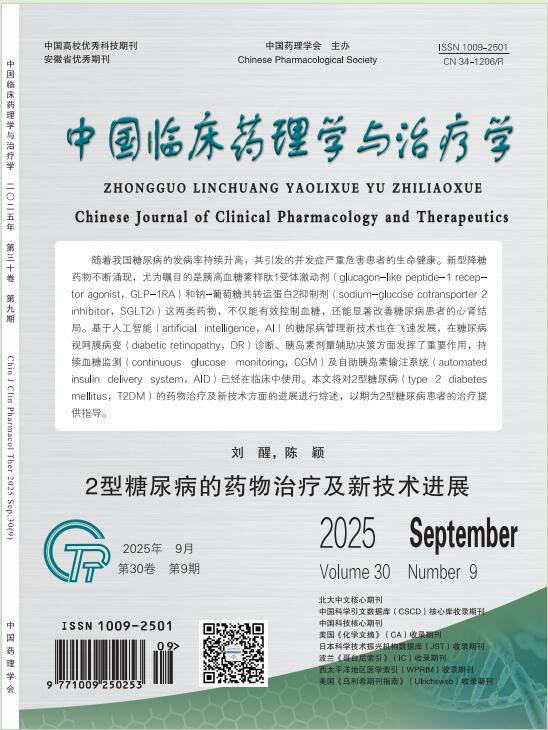Pharmacokinetics study of astragaloside Ⅳ by intravenous administration with intermittent blood sampling in intact rats
YU Jun-xian, CHANG Hebron C. , ZHANG Yin-di, SUN Shi, ZHAO Ren-zheng, HAN Jia-yuan, SHEN Jian-ping
2007, 12(6):
676-685.
 Asbtract
(
173 )
Asbtract
(
173 )
 PDF (375KB)
(
176
)
References |
Related Articles |
Metrics
PDF (375KB)
(
176
)
References |
Related Articles |
Metrics
AIM:To establish a sensitive method for quantitative determination of astragaloside Ⅳ (AGS-Ⅳ) in plasma and a preliminary evaluation of its pharmacokinetics parameters in intact rats.METHODS:A liquid chromatography-electrospray ionization-mass spectrometry (LC-ESI-MS)was applied for determining AGS-Ⅳ in plasma by using digoxin as the internal standard (I. S.). Six rats were given AGS-Ⅳ 2. 0 mg/kg by intravenous infusion for 5min. Blood samples were drawn intermittently with each intact rat from left femoral artery at 0. 025, 0. 05, 0.1, 0. 25, 0. 5, 1, 2, 4, 6, 10, 14 and 24 h after medication. The samples were prepared by solid phase extraction and analyzed through a triple quadrupole mass spectrometer equipped with an electrospary probe. The samples were monitored in selected ion recording (SIR)mode of positive ions by using target ions at m/z 807. 5 for AS-IV and at m/z 803. 5 for I. S.RESULTS: Calibration curves were linear over the ranges 1-1 000 ng/mL for AGS-Ⅳ (r =0. 9992).The intra-and interday assay variability values were less than 6% and 8%, respectively. Extraction recoveries from plasma were 92. 8% -98. 4% for AGS-Ⅳ and 80. 0% -90. 9% for digoxin, respectively. The lower limit of quantitation (LLOQ)for AGS-Ⅳ was 0. 5 ng/mL. The concentrationtime curves of AGS-Ⅳ for each rat were fitted to an open two-compartment model by CAPP program. The pharmacokinetics parameters of AGS-Ⅳ were as following: the elimination half-life (t1/2β), clearance rate (CL), distribution volume at steady state (Vss), and AUC0-∞ were (3. 46 ±0. 52)h, (0. 47 ±0. 02)L/h, (0. 76 ±0.16) L/kg and (4. 27 ±0.19) μg·mL-1·h, respectively.CONCLUSION:These results show that this method is satisfied for the measurements of pharmacokinetics study for AGS-Ⅳ.


